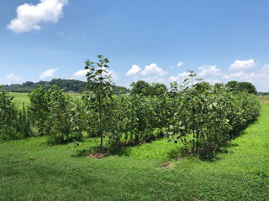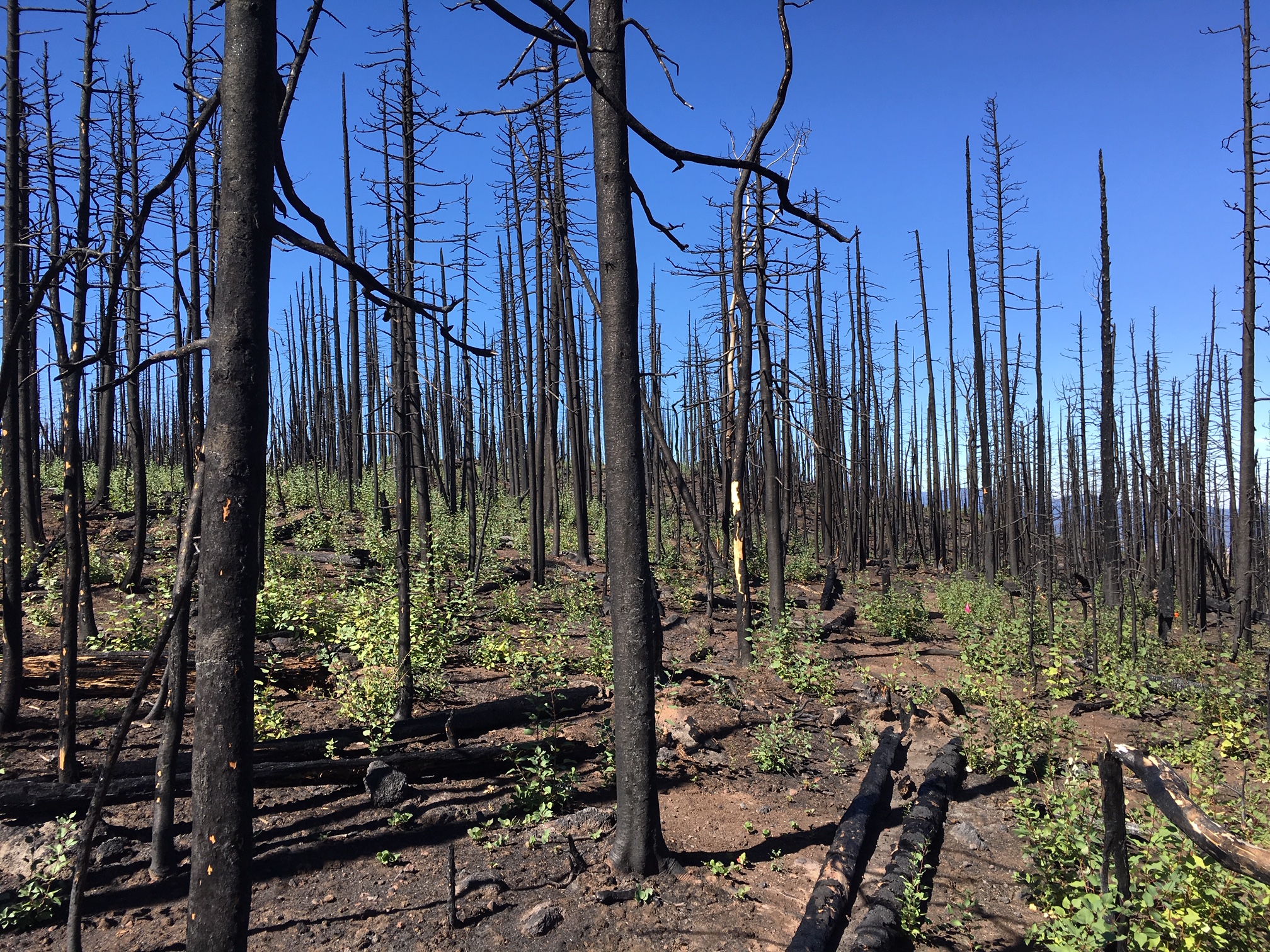Plant-microbe Interactions
Investigating the plant microbiome
A growing body of literature recognizes that microorganisms living inside or in close association with plant tissues, collectively known as the plant microbiome, are integral to plant health and survival. However, our understanding of the temporal dynamics of these systems is lacking. To this end, we are investigating seasonal and longer-term changes in the microbial community across mutliple plant tissues.
We use a common garden approach to look for seasonal differences in the plant microbiome across Poplar genotypes.

To look at longer-term differences, we are leveraging the largest organism on planet earth: Pando. Pando is a clonal aspen stand that covers approximatly 140 acres. Because this is one organism, we can control for plant genotype and sample stems of different ages. In this way we can discover how the plant microbiome may change as a plant ages over time.

Additionally, we are also interested in how the plant microbiome responds to fire and insect infestation. See our latest paper published on the effects of the hemlock woolly adelgid on the hemlock microbiome published in Frontiers in Microbiology. Also, check out the video of my presentation.
